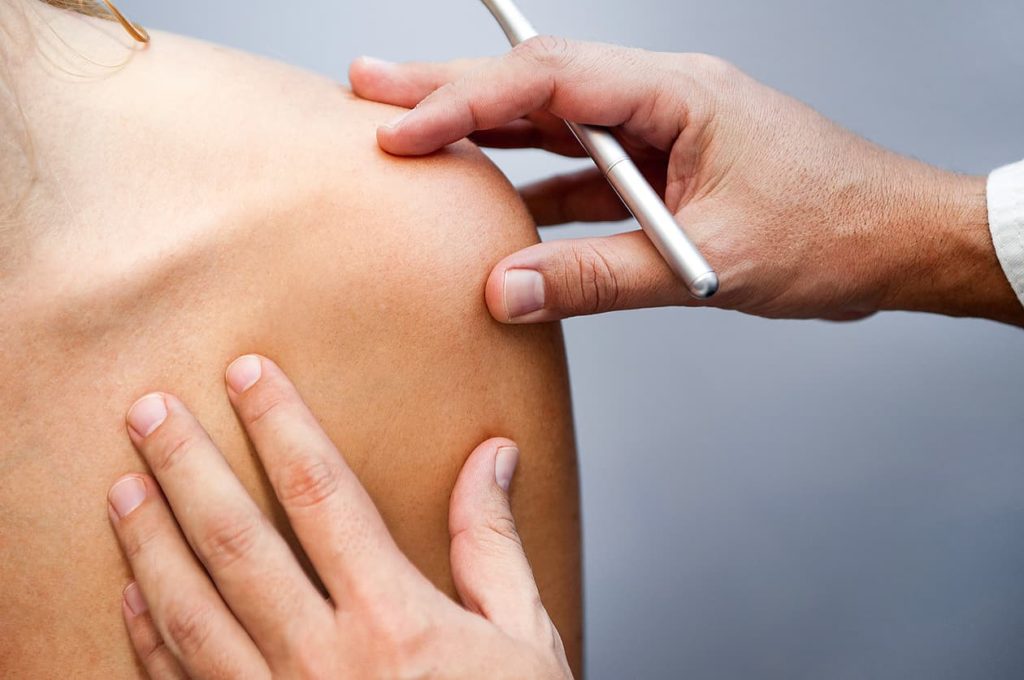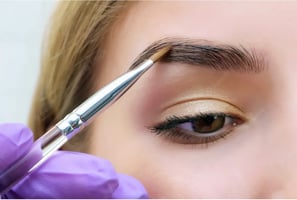What You Need To Know About Scalp Micropigmentation Removal: Pros and Cons
What Healing Method is Better: Wet Vs Dry
If you search for best practices or authoritative articles on healing cosmetic tattoo, you’ll find not much at all. Here’s why: doctor’s don’t talk about it because it’s not a medical procedure, and they’ll likely only give advice when you’re experience an acute or chronic state. In other words, when it is already too late. So, permanent makeup artists and cosmetic tattoo professionals have sought out expert advice on one of the big important issue that determines how to heal properly your cosmetic tattoo:

Wet VS Dry Healing Methods
Do we wet heal or do we dry heal? This question has been debated and disputed across the industry and here’s the thing: permanent makeup artists and cosmetic tattoo professionals are not doctors. They don’t claim to be, AND they don’t mean to give out medical advice. But the medical community hasn’t really offered much information apart from “here is how you avoid hepatitis and HIV”.
Permanent Makeup academies also do not cover fully the biology of the skin, what it does, how it protects the body from disease and viruses or how it keeps us warm.
Misinformation. There is a lot of it and it travels at lightening speeds between artists and trainers who may have a following, and who propagate the misinformation themselves.
This results in poor experiences for clients and horror stories for the internet. Proper healing is a crucial aspect of your client’s microblading results, and hopefully this clears up the bad information.
Some blog articles written by training academies and suppliers aim to answer this very question and they have even sought out the answers from 100% certified celebrity doctors.
Here is the thing, doctors are credentialed, but they might not all be contributing the educating the public, and so its very difficult to find important answers to important questions like “dry or wet healing from cosmetic tattoo” because there is little interest in the topic.
We do know this: Faces are fragile. The skin should heal as safely as possible, and artists should be recommending the best healing methods for their clients using information that is validated and corroborated. We also know that the treated area should be handled delicately and with care, preventing dirt and cleaning the area properly.
There are a few different healing approaches:
Wet Healing Method
1. The wet healing method with washing: adding a designated product to the wound in order to preserve sufficient moisture. The key point here is a thin layer of product to allow the wound to breath and promote healing. You would absolutely not use petroleum jelly or polysporin.
Dry Healing Method
2. The dry healing method: not applying any product to the area after washing. This is the product-free approach and it had been adopted by many artists out of concern that the product would ruin the pigmentation. When scabs form, they get dry and crack and may even expand the wound causing more healing tissue to form. Scabs are also prone to being caught in fibres such as cotton q-tips etc and there is a risk of tearing or further damaging the area. When the wound dries out it can create further irritation, increase chances of scratching and itching. The skin will eventually heal on its own as long as the area continues to be kept clean with mild abrasive soaps.
Modified Wet Healing Method
3. The wet healing method without washing:
This approach involves the continuous application of product with an emphasis on no wetness or washing. This approach sought to protect and preserve the delicate pigmentation by avoiding situations where it could be washed away or pulled out. Many artists are now updating their aftercare that once advised clients “not to shower” sometimes for up to a week, for fear that water would wash away the new investment in permanent makeup. This approach is no longer considered best practice and wet healing without washing is not advised and is strongly discouraged.
Regardless of what method you use one thing is for certain: the area needs to remain clean.
What method actually promotes effective the most healing?
The wet method, is top choice and is the best practice for managing wounds. Applying a proper aftercare product will help to produce the proper cells to regenerate the surrounding tissues. It can also help the production of collagen, a protein that is essential for the proper healing and regeneration of damaged tissue. The method consists of daily cleansing of the injured skin to prevent bacterial buildup, as well as the application of a healing ointment. It’s important to note that only prescribed tattoo aftercare products should be used, and that they should only be used as directed.
It should also be noted that certain products should be avoided entirely, such as pore-clogging petroleum, runny oils that can run into the eyes, as well as scented products which can further irritate the skin. Most importantly, the product should not be allowed to build up on the skin which prevents the skin from breathing.
Bad information can result in a poor experience. Be skeptical about any information that you receive and instead research it yourself with your doctor or a qualified and credentialed expert. If your doctor cannot corroborate this advice then they can definitely steer you to an expert who can. Be wary about advice that comes from a manufacturer of products as this information is often slanted and biased causing the reader to “buy something”.



